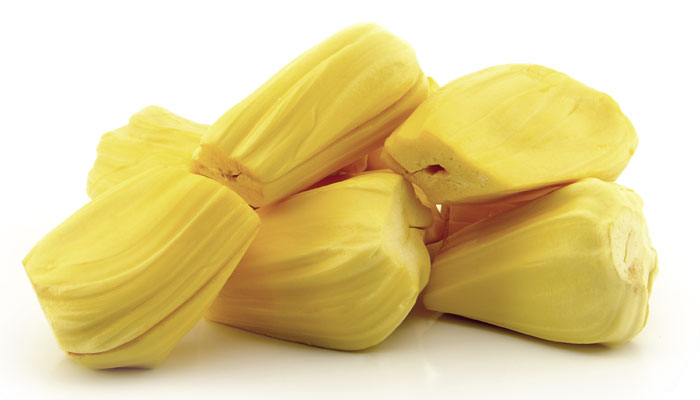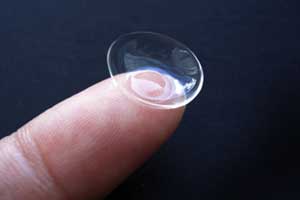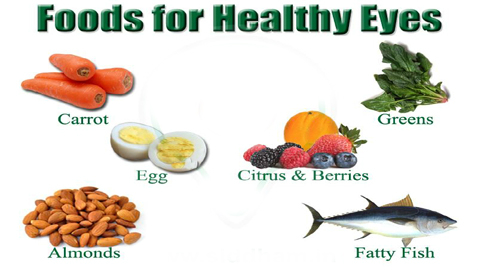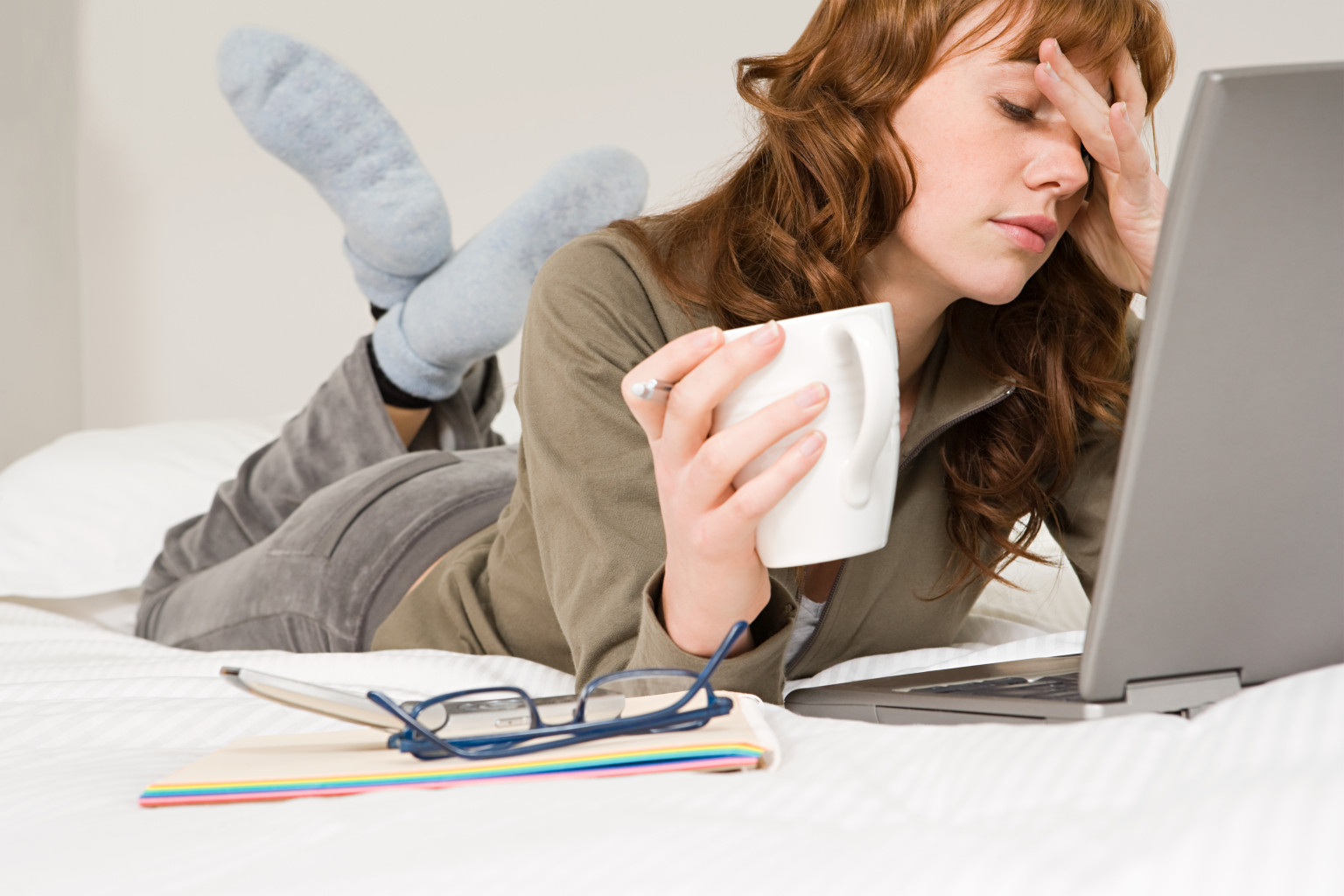
Kajal has been used since centuries not only in India but also in other parts of the world especially Egypt, Africa and the Middle East. Women used it to enhance the beauty of their eyes and continue to do so. Soon, the tradition became popular and spread to other parts of the world. This made this cosmetic quite popular and these days, you can find kajal or kohl in almost every cosmetic store.
In earlier days, kajal was made using galena (obtained from lead) or soot. Some animal fat was added to it by Egyptians for easy application. Kajal was stored in boxes and also in the form of sticks. Not only was it used for beautification, it was also believed to protect one’s eyes from the harmful rays of the sun and to ward off insects. The dark colour of the kajal was responsible for this function. Many Indians apply small dots of kajal on the newborn’s face to protect the baby from any evil.
How to apply kajal correctly
Kohl application can be tricky for many as it needs to be right to look good. Smudgy or irregular lines can make your eyes look bad and spoil the look. In order to avoid such a scenario, follow these tips:
Kajal comes in a variety of packaging. From traditional surma boxes which needs to be applied with the help of your finger, to pencil sticks which are much easier to apply. Depending on the look you wish to create, keep both the thick and thin sticks handy.
Start from the inner corners of your eyelids to the outside. You can experiment with your look by drawing out the line a little more than where your eyelid ends, giving it a cat-eye look.
To apply on your lower lid, gently pull the lower lid with the help of your ring finger and look in the upward direction. Now draw out a line with the kajal stick with the help of your other hand. Don’t press too hard and avoid getting any inside your eye.
Try to get the line as straight as possible. The best way to achieve this is by standing in front of the mirror and practising. Make a single clean sweep with the pencil to get it right. You can then make it darker or thicker if you wish.
Sharpen the tip of the pencil from time to time. A blunt tip will give you thicker lines.
These days, you also get liquid kajal eyeliners in the market. You can use these too as they will be long-lasting, more dramatic in their effect and won’t smudge once they dry completely. But keep its application limited to just your upper eyelids. For lower eyelids, use dry kajal. Also, when applying liquid kajal, keep your eyes shut for a minute to let it dry.
Also, cosmetic kohl may contain preservatives so it is best to remove them before going to bed with the help of an eye make-up remover.
Some other eye make-up etiquettes
- The first rule for eye make-up is to avoid sharing it with anyone, not even with your best friend or sister as it is easy to get bacterial infection from one person to the other.
- Avoid applying any form of cosmetic inside the eye or the inner lining especially if you wear contact lens.
- If you have an eye infection then do not apply any make-up as it will further irritate the eye and can also lead to more infection.
- Do not use cosmetics beyond their expiry date.
- Always remove any speck of make-up at the end of the day.
- Always cap the cosmetics after use to avoid any chance of infection.
- If the make-up or make-up remover irritates your eyes, just stop its use.
- Never apply eye make-up when you are in a vehicle as one bump is enough to poke your eye and cause serious damage.
Source: The health site







